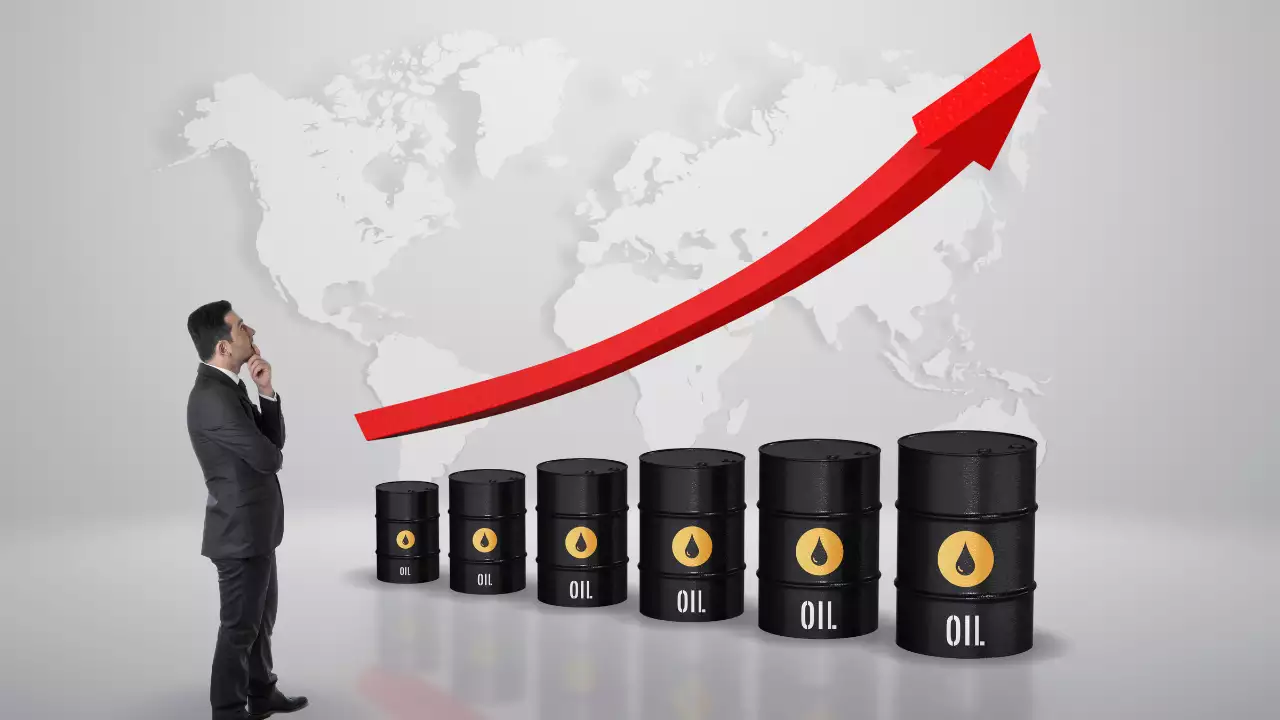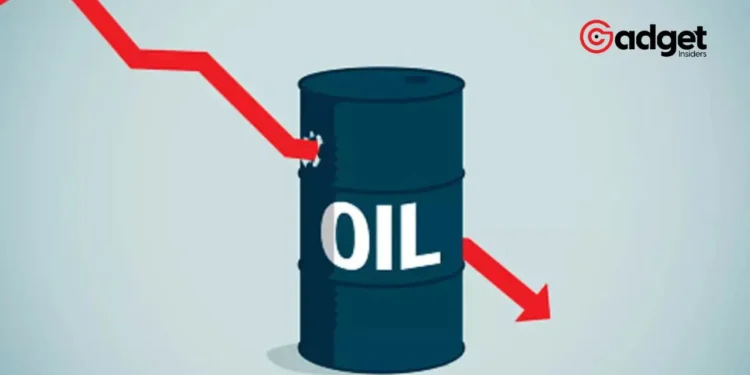Recent events have once again underscored the fragile nature of oil prices amidst geopolitical strife. After an unexpected military strike near Isfahan, Iran, oil prices experienced a sharp but short-lived surge, highlighting the sensitive balance of global oil markets to regional conflicts. Brent crude briefly spiked over 3%, demonstrating the immediate reaction of markets to potential disruptions in oil supply.
Israeli Prime Minister Benjamin Netanyahu, responding to what he described as “unprecedented airstrikes” by Iran, stated that Israel would continue to make its “own decisions” in addressing threats.

This statement followed the reported Israeli military action inside Iran, as confirmed by a U.S. official. Although the exact source of the attack has not been openly acknowledged by the Israeli military, the incident adds another layer of complexity to an already tense relationship between the two nations.
The Ripple Effects of Middle Eastern Conflicts on Global Oil Supply
The direct impact of regional tensions extends far beyond immediate price fluctuations. Analysts are particularly concerned about the potential for a broader conflict to disrupt vital shipping routes such as the Strait of Hormuz. More than a quarter of the world’s maritime oil trade passes through this narrow waterway, making it a critical point in global energy supply chains.
Oil steadied after prices spiked on reports that Israel attacked Iran, as fears of an escalation to Mideast hostilities appeared to ease https://t.co/vxDfMXodAp pic.twitter.com/hJann1dLzw
— Reuters (@Reuters) April 19, 2024
Neil Shearing, Chief Economist at Capital Economics, noted that while the market had initially priced in some risks, the ongoing nature of these conflicts suggests potential for further disruptions. This is reflected in the substantial 15% rise in oil prices since the start of the year, fueled by a confluence of factors including OPEC supply cuts, increased Chinese demand, and the looming threat of wider regional instability.
Richard Bronze, co-founder of Energy Aspects, emphasized the significant implications of any disruption in Iranian oil exports, particularly for major importers like China. The geopolitical landscape is shifting, with countries like Venezuela and Mexico also impacting global oil supply through sanctions and export cuts, respectively.

Market Responses and Future Outlook
The global market’s reaction to Middle Eastern tensions is telling. Initial surges in oil and gold prices indicate a flight to safety by investors, while the subsequent stabilization of markets suggests a cautious but watchful eye remains on the region. Stock markets across Asia felt the immediate shockwaves, with significant downturns observed across major indexes.
Looking ahead, the geopolitical landscape remains uncertain. The ongoing Israel-Hamas conflict and tensions with Hezbollah continue to pose risks to regional stability. These developments have led to a downgrade of Israel’s credit rating by S&P Global Ratings, reflecting increased financial risks amidst heightened conflict.

Conclusion
As the situation unfolds, the interplay between geopolitical decisions and market responses will continue to dictate the tempo of global economic stability. Investors and policymakers alike must remain vigilant, understanding that in regions as volatile as the Middle East, the implications of any single event can ripple through markets around the world, affecting everything from oil prices to global economic forecasts.










